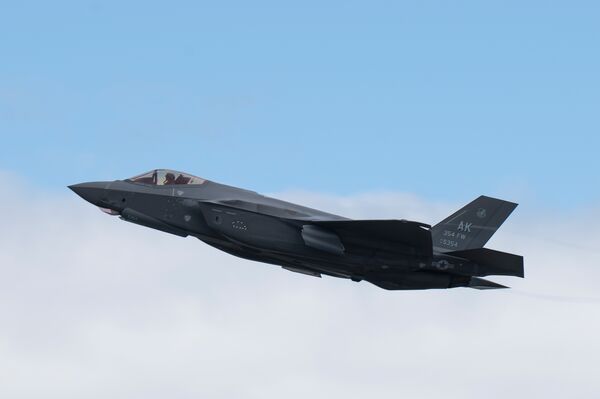
The F-35 is a core programme for Lockheed Martin, representing a significant portion of revenues. Above, a US Air Force F-35A takes off from Marine Corps Air Station Iwakuni, Japan, in June 2022. (US Air Force/Staff Sgt Zade Vadnais)
After a strong first quarter, Lockheed Martin expects revenue growth to continue into 2025, Frank St John, the company's chief operating officer (COO), told the Bernstein Strategic Decisions Conference on 30 May.
In the short term, St John said he was focused on delivering current programmes, working through production issues, and ensuring that Lockheed Martin has the people, capital, and facilities to meet future production requirements.
Over the long term, Lockheed Martin is pursuing its ‘21st Century Security Strategy' to bring commercial technology in areas such as edge computing, networking, and artificial intelligence (AI) into the defence sector, St John said. Other priorities include building out and strengthening supply chains and investing in digital transformation, he said.
Despite congressional caps on defence spending, US budgets are overall positive for Lockheed Martin, he said.
The fiscal year (FY) 2024 budget, authorised in March, included significant increases for the F-35 fighter jet, HH-60W Combat Rescue Helicopter, and C-130J transport aircraft, increasing backlog from 150 at the end of 2023 to 160, said Jay Malave, chief financial officer, Lockheed Martin.
The FY 2025 budget request also supports Lockheed Martin programmes, including the CH-53K heavy-lift helicopter, Next Generation Interceptor, Conventional Prompt Strike, and Long-Range Hypersonic Weapon, Malave said.
The strength of the company's portfolio enables an estimated growth rate of 2.5% in 2024, with a high-end projection of 3.5–4% growth, while still increasing backlog, he said. This builds on growth in 2023 and is expected to continue into 2025, Malave said.
Looking to read the full article?
Gain unlimited access to Janes news and more...







